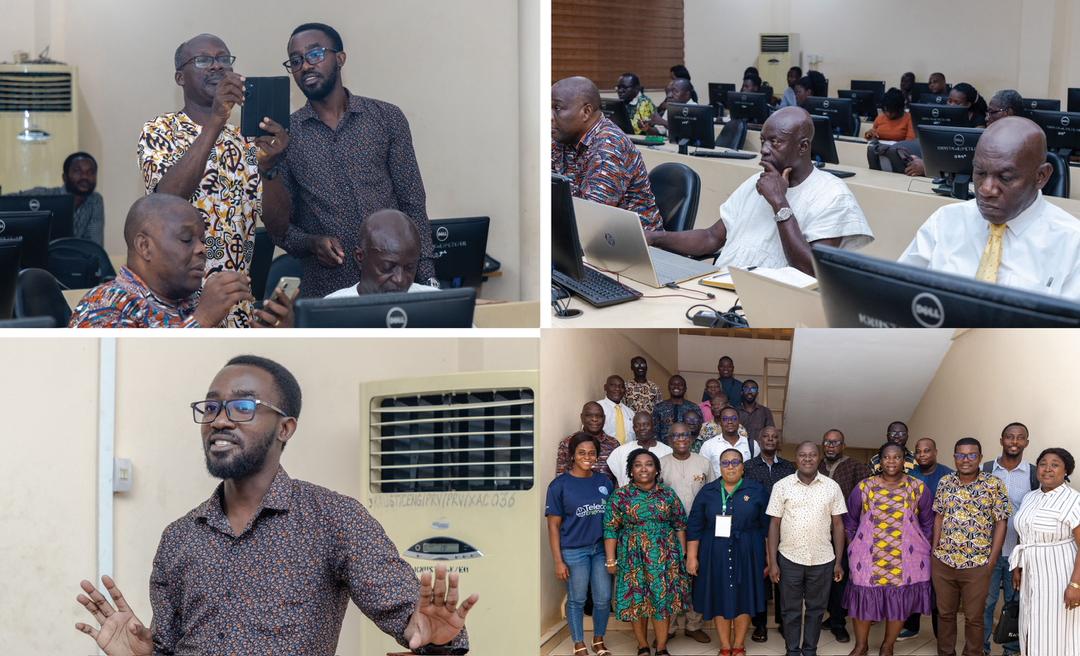For years, the Kwame Nkrumah University of Science and Technology (KNUST) in Kumasi relied on traditional paper-based examinations, printed booklets, manual marking and weeks of result processing. Now, the University is transitioning to computer-based examinations (CBEs), reflecting not only a change in examination format but a shift in how learning and assessment are organised.
According to Professor Wilson Agyare, Chairman of the Computer-Based Examination Committee at the College of Engineering, the move is driven by practical realities.
“In the past, examinations were paper-based because we had only a few students. But now, some courses have 300 to 400 students in a class. You cannot do purely written work anymore,” he explained.
To manage large class sizes, the University increasingly relied on multiple-choice questions (MCQs) processed with Scantron machines. However, maintaining the machines proved costly and inconsistent.
“The Scantron machines are expensive, and their maintenance is even more expensive,” Professor Agyare said. “They break down quite often, and sometimes when you need to process results, the machines are not available or working.”
Computer-based examinations present a more sustainable alternative. Lecturers create questions on digital platforms, and students take exams on computers. The system automatically grades objective questions, enabling rapid feedback and eliminating weeks of manual marking.
“Once students finish, you get the results right away,” he said. “Even for assignments, once they complete them, they can have access to their results immediately. That is the efficiency we are looking at.”
Beyond speed, CBEs enhance fairness and academic integrity. The digital platforms allow for question randomisation, meaning students may receive the same questions but in different orders or with varied answer options.
“With CBEs, it is not easy to copy,” Professor Agyare noted. “You could have the same question, but your option A is someone else’s option B. That makes it difficult for students to take undue advantage.”
KNUST is adopting a gradual implementation strategy. New students are being introduced to the system during orientation, while training programmes are being provided for academic staff to develop skills in designing and administering CBEs.
The long-term objective is to integrate computer-based examinations across all colleges, beginning with departments that manage large enrolments and complex logistical demands. The initiative aligns with KNUST’s broader digital transformation efforts, supported by the University’s e-learning platforms and the KNUST Virtual Classroom.
The transition signals a broader rethinking of assessment in higher education. CBEs are not only about efficiency but about promoting innovation, fairness and academic quality in a digital environment.
“This is where the University is going,” Professor Agyare said. “Toward a system that reflects the realities of our time and prepares our students for the future.”


















